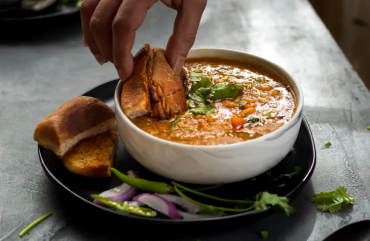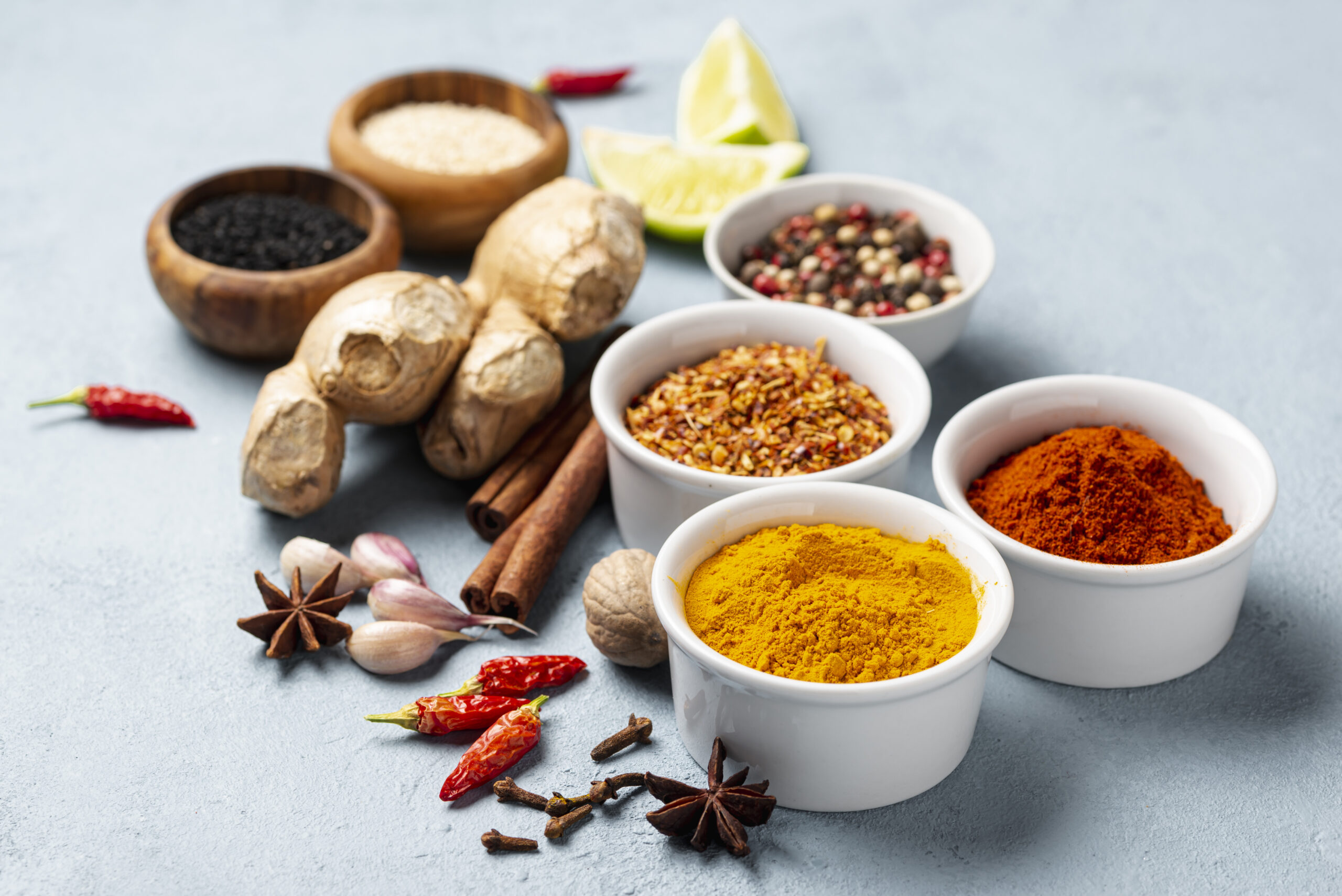The modern face of India is a rich conglomeration of its eventful past—from empires and foreign traders to British rule, independence, and modernization. And while the times have certainly changed, every era has added an enthralling chapter to India’s rich culinary history.
Emanating from the royal darbars of the Mughal emperors was a distinct aroma of invigorating spices—cardamom, cinnamon, cloves, nutmeg—which caught the attention of traders from different parts of the world, primarily the Portuguese, the Dutch, and the British. And hence began the illustrious journey of spices in India, which remains one of the leading producers and exporters of spices in the world, long after its independence.
Every part of the Indian subcontinent has a distinct spice story to narrate, each boasting of its unique recipes with just the right amount of spice to leave you hankering for more. So, step up with 29 States, as we explore the spice stories and masalas of different cuisines of India, from then to now.
Kashmiri Cuisine
There’s hardly any Indian not acquainted with the saffron production and supply in Kashmir, India’s own paradise. But besides being famous for its snow-white landscapes and saffron richness, Kashmir is also a land of incredibly aromatic spices. And Kashmiri food is a tribute to these whole ingredients found in this land of abundance—cardamom, cinnamon, the classic Kashmiri red chillies, shahi zeera or cumin, and anardana or pomegranate seeds, to name just a few.
Kashmiri cuisine is strongly influenced by the neighboring Indian states as well as central Asia and foods consumed by communities that dwelled or continue to dwell here, including Buddhists, Kashmiri pandits, Persians, Sikhs, Turks, etc. It is known for its elaborate meat preparations, all of which incorporate its indigenous spices in generous proportions—from succulent kebabs to other traditional delicacies like qaliya, rogan josh, Kashmiri pilaf, and maaz.
Punjabi Cuisine
Next on our spice map is Punjab, ostensibly the land of dairy, creamy delicacies and the generous use of desi ghee. But at every stage of this richness lies the subtle aroma of the spices the Punjabis use in their delicacies. Whether it is the khada masalas in their makhani or the thoughtfully added spices in kadai preparations that linger on your fingers long after you’ve had your roti sabzi, spices in Punjabi cuisine weave an intricate epicurean fabric that forms an essential part of the Punjabi culture.
Bangla Cuisine
While Bengali desserts enjoy unparalleled glory worldwide, its distinct savory preparations also deserve to top the list of the most scrumptious Indian delicacies. Welcome to a land where the sharp pungence of mustard oil meets the welcoming sweetness of jaggery, tanginess of tamarind and yogurt, and the conspicuous yet subtle flavors of the signature panchphoron masala. The Bengali panchphoron masala is essentially an integration of five of their cherished spices—cumin, fenugreek, brown mustard, nigella and fennel. With each of these constituents being easily available in Indian homes, Bengali cuisine lends itself to basic daily cooking while enhancing the flavors of desi household delicacies.
Rajasthani Cuisine
Padharo mhare desh is more than a welcome song—it represents the marvelous aesthetic, historical and cultural diversity of Rajasthan, the land of kings. While set against a desert backdrop, the dearth of fertile land for vegetation has never deterred Rajasthani locals from curating irresistible food since historic times. Sweet and tangy, sour and spicy—you can be sure to find a delicacy for every taste in your palate.
Rajasthan’s clever use of spices has a significant role to play in elevating its distinct flavors. Whether it is the basic gatte ka saag or the elaborate lal maas that is a must try for foodies, every preparation in the Rajasthani platter entails perfectly balanced spice levels, transporting one to an epicurean bliss.
Maharashtrian Cuisine
Being a diverse land with distinct communities and cultures, Maharashtrian cuisine is immense and comprehensive. From the piquant dry chutneys of Vidarbha to the hot and spicy foods of Malvan and tangy seafood from the vast coastal expanse of Ratnagiri, Maharashtra has it all. And the spices incorporated by each of these communities speaks volumes of its culinary finesse. Take the Kolhapuri kanda lasun masala, for example, and we promise you a unique experience that will make you fall in love with Indian cuisine all over again!
Keralite Cuisine
The mild sweetness of coconut and jaggery, freshness of water vegetables, and the sheer delight of gorging on steamed delicacies—we’re talking about the rich cuisine of Kerala, God’s own country and the largest producer of pepper in India. Perfectly complementing the subtlety of their preparations, Kerala’s spice proportions are balanced and covert but always on point.
The Kerala garam masala is this state’s unique invention, with signature spices like clove, nutmeg, cardamom and star anise that tickle the taste buds just where you need it. If you’re curious about their cuisine and spice composition, try out some of the classics, like the aviyal, olan, kalan or the basic yet rich puttu with kadala curry.
Spices act as lifelines of Indian cuisine in every part of the subcontinent. And even as the country advances, its culinary diversity and richness remain unaffected. The authentic desi masalas by 29 States are humble attempts to preserve this culinary sanctity, and we do so by offering traditionally roasted and blended spices with 100% spice composition. Moreover, the contents of our garam masala and other spices are completely natural, with no added preservatives and flavors. So, are you all set to embrace India’s spices in all its glory with 29 States masalas?



